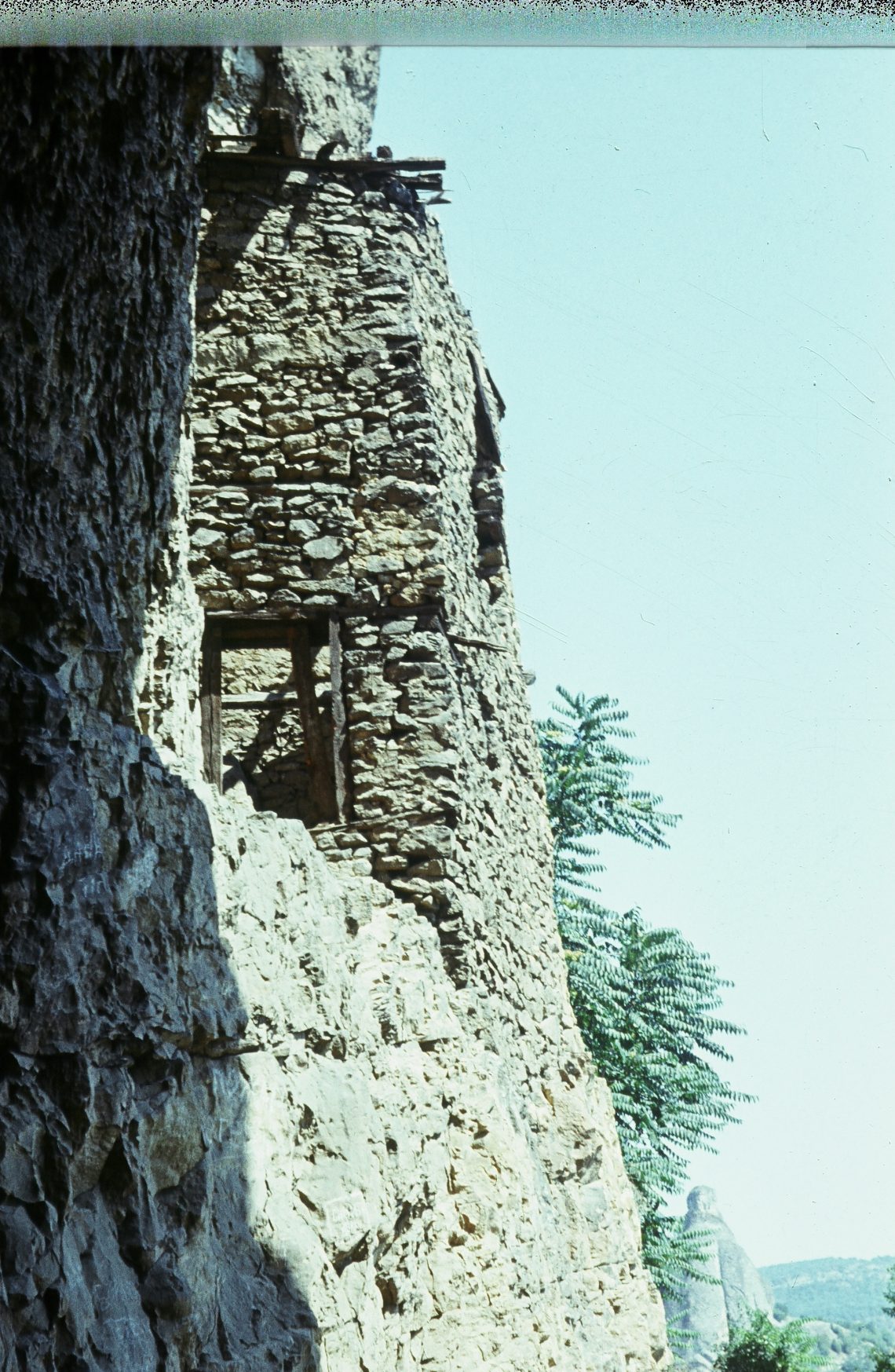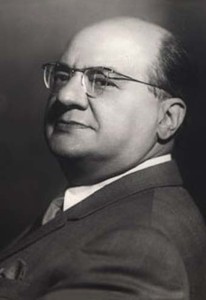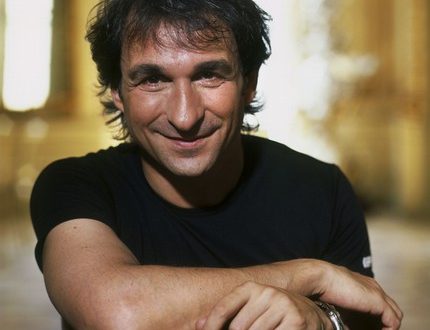
Evgeny Semenovich Mikeladze (Mikeladze, Evgeny) |
Mikeladze, Evgeny
Soviet conductor, Honored Art Worker of the Georgian SSR (1936). Yevgeny Mikeladze continued his independent creative activity for only a few years. But his talent was so great, and his energy so seething, that even without reaching the top, he managed to leave an indelible mark on our musical culture. Before taking up the podium, Mikeladze went through a good school – first in Tbilisi, where he played in wind and symphony orchestras, and then at the Leningrad Conservatory, where his teachers were N. Malko and A. Gauk. At the Conservatory Opera Studio, the musician made his debut as a conductor in The Tsar’s Bride. Soon the student Mikeladze had the honor of conducting the evening on the occasion of the decade of Soviet power in Georgia, held in Moscow, in the Hall of Columns. The artist himself called this event his “first triumph” …
In the autumn of 1930, Mikeladze first stood at the podium of the Tbilisi Opera House, holding (by heart!) An open rehearsal of Carmen. The following year, he was appointed conductor of the troupe, and two years later, after the death of I. Paliashvili, he became his successor as artistic director of the theater. Each new work of the conductor turned into a significant event, raising the level of the theater. “Don Pasquale”, “Othello”, “Aida”, “Samson and Lalila”, “Boris Godunov”, “Faust”, “Prince Igor”, “Eugene Onegin”, “Tosca”, “Troubadour”, “The Tsar’s Bride” , “Shota Rustaveli” … These are the stages of the artist’s activity in just six years. Let us add that in 1936, under his direction, the first Georgian ballet “Mzechabuki” by M. Balanchivadze was staged, and by the decade of Georgian art in Moscow (1837), Mikeladze performed brilliant productions of the pearls of national opera classics – “Abesaloma and Eteri” and “Daisi”.
Work in the opera brought the artist wide popularity not only among listeners, but also among colleagues. He captivated everyone with his enthusiasm, conquered with talent, erudition and personal charm, purposefulness. “Mikeladze,” writes his biographer and friend G. Taktakishvili, “everything was subordinated to the musical idea of the work, musical dramaturgy, musical image. However, while working on the opera, he never closed himself only in music, but delved into the stage side, into the behavior of the actors.
The best features of the artist’s talent were also manifested during his concert performances. Mikeladze did not tolerate clichés here either, infecting everyone around him with the spirit of search, the spirit of creativity. Phenomenal memory, which allowed him to memorize the most complex scores in a matter of hours, simplicity and clarity of gestures, the ability to grasp the form of the composition and reveal in it a huge range of dynamic contrasts and a variety of colors – these were the features of the conductor. “The free, extremely clear swing, plastic movements, the expressiveness of his entire slender, toned and flexible figure riveted the attention of the audience and helped to understand what he wanted to convey,” writes G. Taktakishvili. All these features were manifested in a wide repertoire, with which the conductor performed both in his native city and in Moscow, Leningrad and other centers of the country. Among his favorite composers are Wagner, Brahms, Tchaikovsky, Beethoven, Borodin, Prokofiev, Shostakovich, Stravinsky. The artist constantly promoted the work of Georgian authors – 3. Paliashvili, D. Arakishvili, G. Kiladze, Sh. Taktakishvili, I. Tuskia and others.
Mikeladze’s influence on all areas of Georgian musical life was enormous. He not only raised the opera house, but also created essentially a new symphony orchestra, the skill of which was soon highly appreciated by the most prominent conductors of the world. Mikeladze taught a conducting class at the Tbilisi Conservatory, directed a student orchestra, and conducted performances at the Choreographic Studio. “The joy of creativity and the joy of training new forces in art” – this is how he defined his life motto. And remained faithful to him to the end.
Lit .: G. M. Taktakishvili. Evgeny Mikeladze. Tbilisi, 1963.
L. Grigoriev, J. Platek




